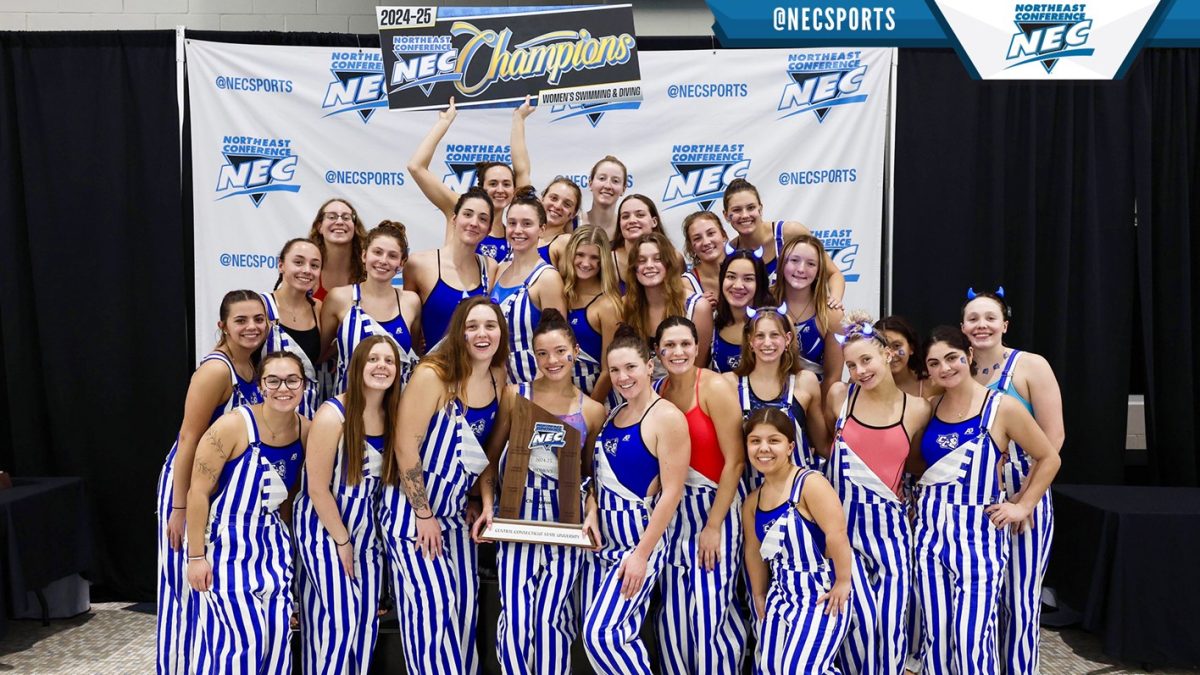By Kat Boushee
If pirates had GPS devices back in the day, they probably wouldn’t have been such grumpy people. Treasure hunting, better known as Geocaching, is an engaging and enjoyable activity that can be done with little or no cost.
Geocaching basically requires that you have a GPS device (iPhones count!) and access to the Internet. Visit geocaching.com or download the geocaching application for your smartphone and you are ready to go.
Your phone or GPS device will allow you to search within the geocaching database to find local geocaches, and let you use a map or compass feature to track them down.
At this point in this article you may be wondering what a geocache actually is. A geocache is a box or container of some sort that has been hidden by another geocacher. Contents of a geocache vary greatly, but most contain a logbook for those who find it to record their username and the date of their find.
Depending on the size of the cache, there may also be goodies in it. If you find a cache with prizes in it, it is typical to replace everything you take with something of greater or equal value.
On the geocaching website or in the application information is available on the size of the cache and the difficulty rating. Pay close attention to the difficulty rating your first few times out. It can be frustrating to go out hunting and end up empty-handed.
According to the geocaching website, there are over 1.5 million active geocaches and over 5 million geocachers worldwide. There are many geocaches in Connecticut and it is an awesome experience every time you find one.
Things to be aware of include: checking cache size, hints, and Muggles. Checking the cache size is extremely helpful because if you are looking for a cache assuming it is the size of a shoebox, but the one hidden is a nano cache, it will be difficult to find.
Nano caches are very small and often come in containers shaped like other things, such as the handy containers shaped like bolts or rocks.
When you get close to the cache at hand, it pays to look at the hint that the creator of the cache left for you. The hint helps lead you to the cache and can range from “it is in the tree” to a more cryptic hint that requires further analysis.
Always beware of Muggles while hunting for treasure. Muggles are what geocachers call those who aren’t geocaching. It can be detrimental for the safety of a cache to have a Muggle see you retrieve one.
Once you get more into treasure-hunting there are other fun aspects involved. Trackables are an enjoyable game within the game. They are usually metal tags that look like dog tags and have a code printed on them. A treasure-seeker will take it from the cache he or she discovers it in and bring the trackable home.
The trackable can be logged on your geocaching profile and you can see in which cache it started. Trackables can be listed as collectible or non-collectible. This is fairly straight-forward: if it is collectible you can keep it but if it is a non-collectible trackable you should put it into the next cache you find, log it there on the site and allow it to continue it’s journey.
After you’ve mastered the art of finding caches, it is time for you to make your own. Directions and containers can be found on the geocaching site, but it is a pretty open-ended task. It takes ingenuity and creativity, but it is incredibly rewarding to check on your little cache and to see a filled up logbook.
For those adventurers that like to make a difference, consider attending or throwing a Cache In Trash Out event. These are clean-up events that are often staged at local parks. Geocaching.com has a list of events and it can be searched to see what is in your area.
Going treasure-hunting is a fun and rewarding experience that makes hiking more enjoyable. “Go somewhere, do something” is the Geocaching mantra, and it certainly shows. This is a great way to get out of the house and feel like there is a purpose to your walk or hike.

